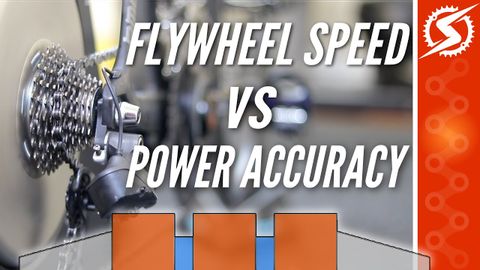
Subtitles & vocabulary
ERG MODE: Does FLYWHEEL Speed AFFECT Power Accuracy?
00
Henry 楊 posted on 2020/06/06Save
Video vocabulary
matter
US /ˈmætɚ/
・
UK /'mætə(r)/
- Intransitive Verb
- To be of great importance; to count
- Uncountable Noun
- Material all things are made of that fills space
A1TOEIC
More average
US /ˈævərɪdʒ, ˈævrɪdʒ/
・
UK /'ævərɪdʒ/
- Noun (Countable/Uncountable)
- Total of numbers divided by the number of items
- Transitive Verb
- To add numbers then divide by the number of items
A2TOEIC
More consistent
US /kənˈsɪstənt/
・
UK /kənˈsɪstənt/
- Adjective
- Agreeing with or being similar to another part
- In agreement; reliable
A2
More Use Energy
Unlock All Vocabulary
Unlock pronunciation, explanations, and filters
